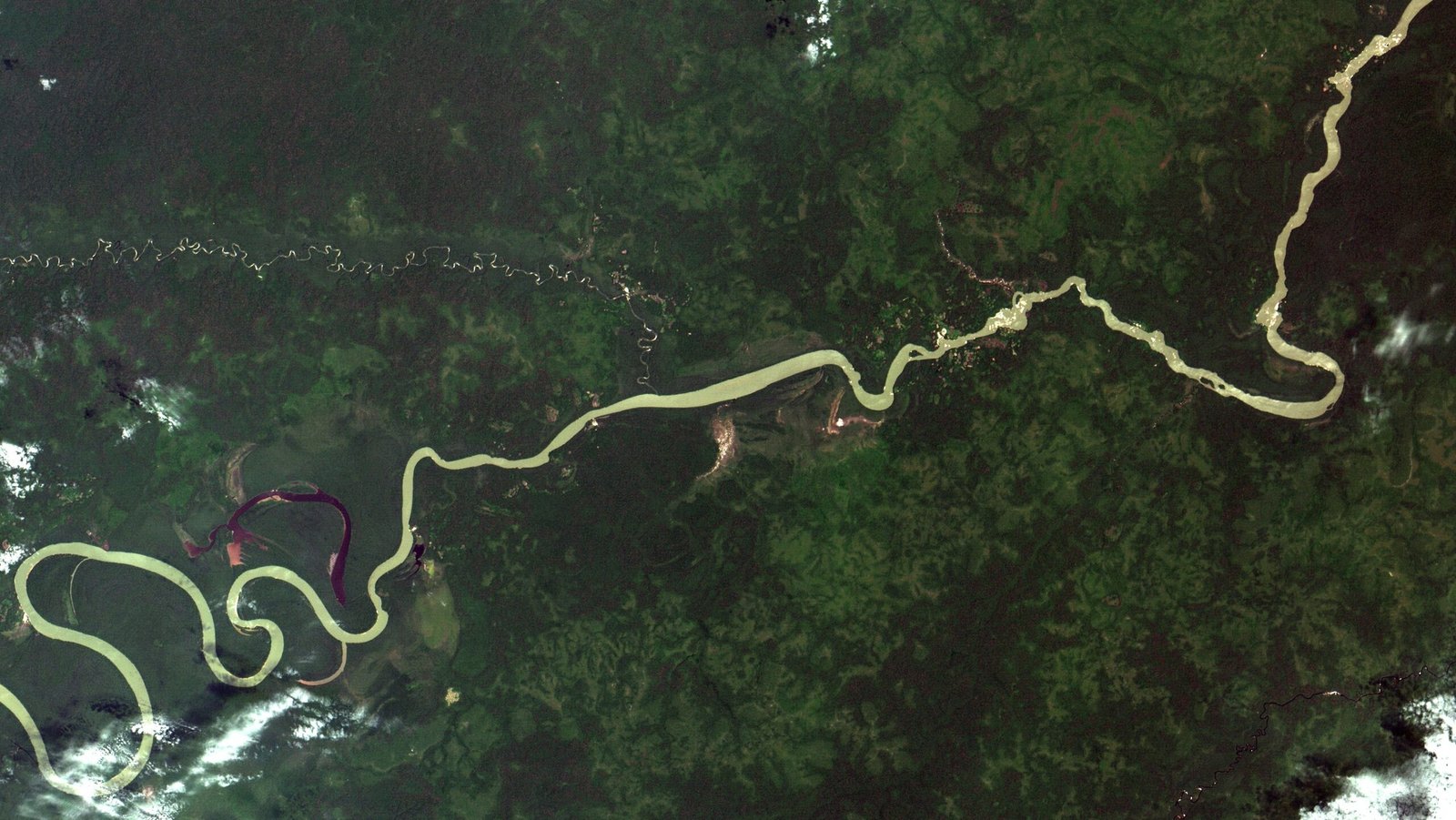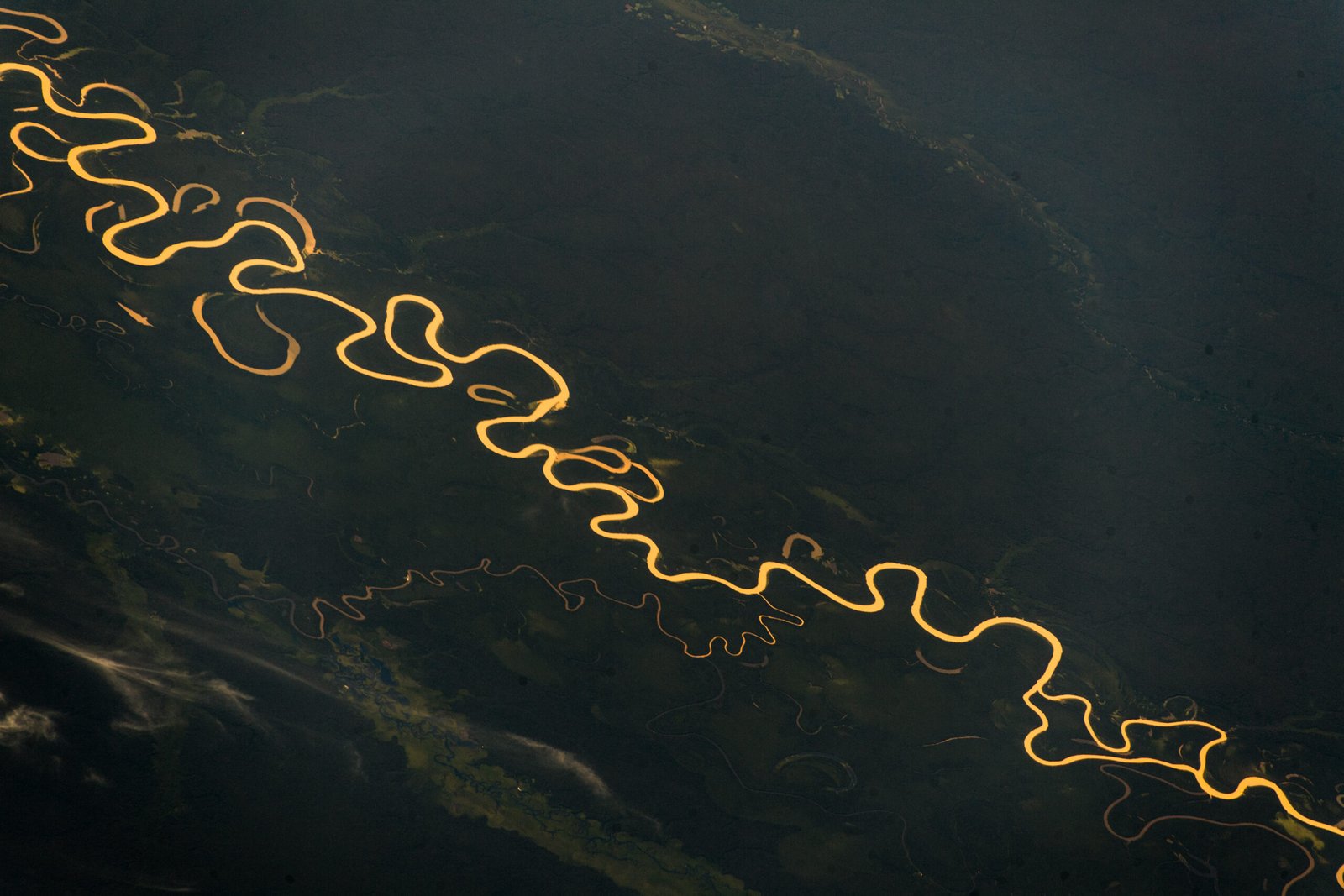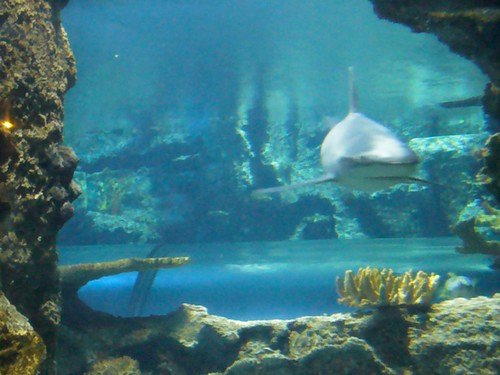The Amazon Rainforest, often dubbed the “lungs of the Earth,” is a sprawling and vibrant ecosystem that covers a vast expanse of South America. Home to an astonishing array of flora and fauna, this tropical paradise is a treasure trove of biodiversity, offering a glimpse into the intricate web of life that sustains our planet. As you delve into the mysteries of the Amazon, you’ll discover a world teeming with wonder, complexity, and beauty, where each leaf and creature plays a vital role in the grand tapestry of nature.
The Lungs of Our Planet
The Amazon Rainforest is often referred to as the “lungs of the Earth” because of its unparalleled ability to produce oxygen and absorb carbon dioxide. It is estimated that this vast forest produces about 20% of the world’s oxygen, making it a crucial component of our planet’s respiratory system. The dense canopy of trees acts as a massive air purifier, filtering out pollutants and providing the clean air that sustains countless species, including humans. This vital ecological service highlights the importance of preserving the Amazon for future generations.
A Symphony of Biodiversity
The Amazon is a living symphony of biodiversity, with an estimated 390 billion individual trees representing more than 16,000 species. This incredible diversity extends to the animal kingdom, where the rainforest is home to approximately 10% of the known species on Earth. From the iconic jaguar stealthily roaming the underbrush to the vibrant macaws that paint the skies, the Amazon is a sanctuary for life in all its forms. Each species, no matter how small, plays a unique role in maintaining the delicate balance of this intricate ecosystem.
The River That Flows Through It
The Amazon River, the lifeblood of the rainforest, is the largest river by discharge volume in the world. It winds through the heart of the forest, stretching over 4,000 miles and carrying more water than the next seven largest rivers combined. This mighty river serves as a vital transportation route for both people and wildlife, providing nourishment and connectivity across the vast landscape. The river’s annual flooding replenishes the soil, fostering the growth of lush vegetation and sustaining the diverse array of life that calls the Amazon home.
The Indigenous Guardians of the Forest

For centuries, indigenous communities have lived in harmony with the Amazon Rainforest, serving as its guardians and protectors. These communities possess a deep understanding of the land and its resources, passed down through generations. Their traditional knowledge and sustainable practices offer valuable insights into the conservation of this precious ecosystem. By recognizing and respecting the rights of indigenous peoples, we can learn to coexist with nature and preserve the Amazon’s delicate balance.
The Medicinal Treasure Trove

The Amazon Rainforest is a veritable pharmacy of natural remedies, with an estimated 25% of Western pharmaceuticals derived from rainforest plants. From the bark of the cinchona tree, used to treat malaria, to the curare vine, a source of muscle relaxants, the Amazon’s flora holds the potential to unlock countless medical breakthroughs. However, much of this botanical wealth remains undiscovered, underscoring the urgent need to protect the rainforest from deforestation and exploitation.
The Threat of Deforestation
Despite its ecological significance, the Amazon Rainforest faces the relentless threat of deforestation. Logging, agriculture, and infrastructure development have led to the loss of millions of acres of forest each year. This destruction not only endangers the countless species that inhabit the rainforest but also contributes to climate change by releasing stored carbon dioxide into the atmosphere. The fight to save the Amazon is a race against time, requiring global cooperation and innovative solutions to ensure its survival.
The Role of Climate Change

Climate change poses a significant threat to the Amazon Rainforest, exacerbating the challenges it already faces. Rising temperatures, prolonged droughts, and shifting weather patterns can disrupt the delicate balance of the ecosystem, leading to increased vulnerability to fires and disease. The Amazon’s ability to act as a carbon sink is compromised as deforestation and climate change accelerate. Addressing these challenges requires a concerted effort to reduce emissions and promote sustainable land management practices.
The Power of Conservation Efforts

Conservation efforts in the Amazon are crucial to preserving its rich biodiversity and ecological functions. Organizations and governments are working tirelessly to establish protected areas, promote sustainable agriculture, and combat illegal logging and mining. By supporting these initiatives, we can help safeguard the Amazon’s future and ensure that its wonders continue to inspire and sustain life on Earth. The success of conservation efforts depends on collaboration and commitment from all corners of the globe.
Eco-Tourism: A Sustainable Solution
Eco-tourism offers a promising path to sustainable development in the Amazon Rainforest. By promoting responsible tourism that respects the environment and supports local communities, eco-tourism can provide economic incentives for conservation. Visitors to the Amazon can experience its breathtaking beauty firsthand while contributing to the protection of its natural resources. This approach encourages a deeper appreciation for the interconnectedness of nature and the vital role the rainforest plays in our global ecosystem.
The Call to Action

The Amazon Rainforest is a natural wonder that holds the key to our planet’s future. Its preservation is not just a regional issue but a global imperative that requires collective action. By raising awareness, supporting conservation efforts, and advocating for sustainable practices, we can ensure the Amazon’s survival for generations to come. The time to act is now, and each of us has a role to play in safeguarding this invaluable treasure for the well-being of our planet and all its inhabitants.



